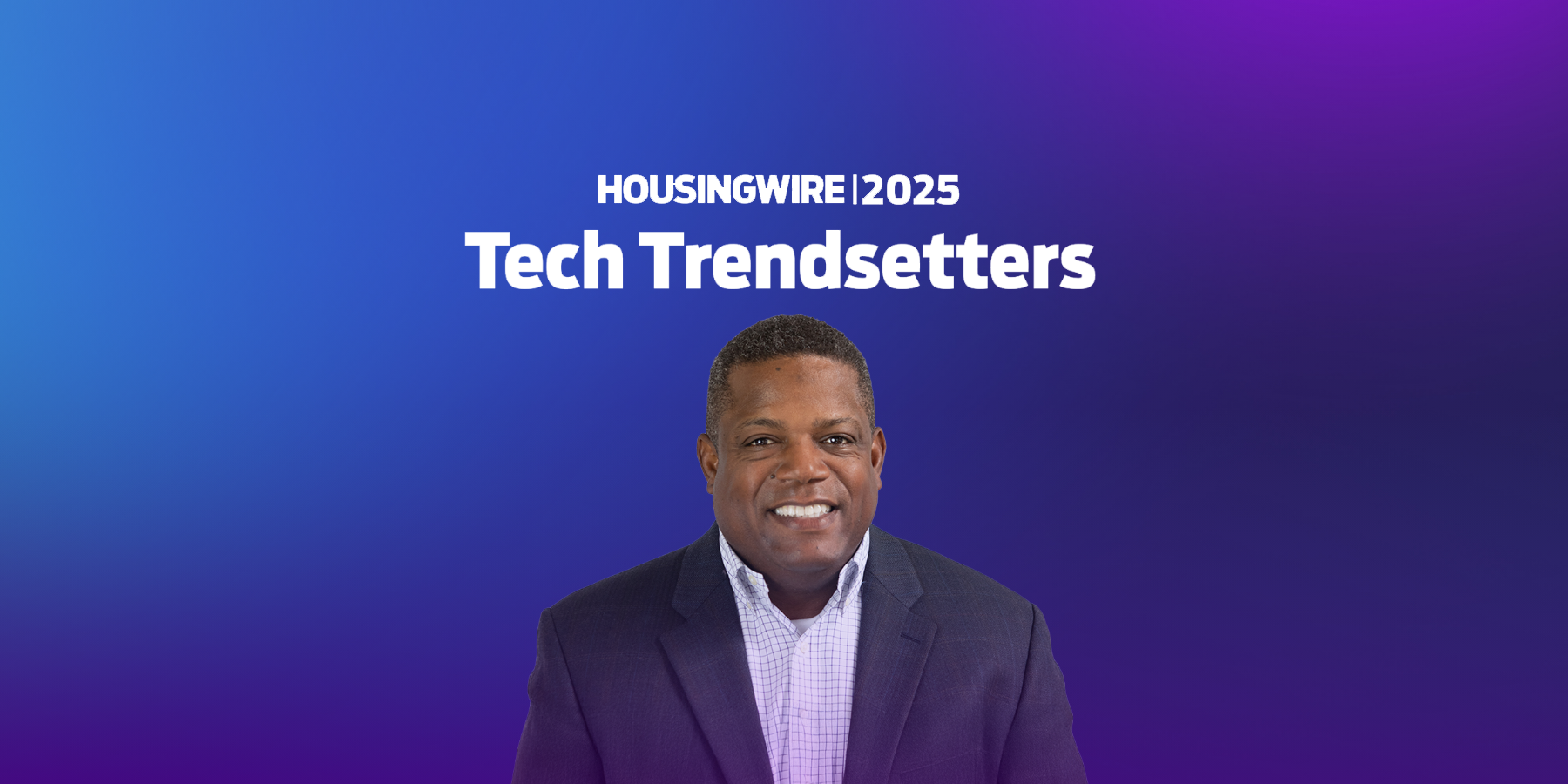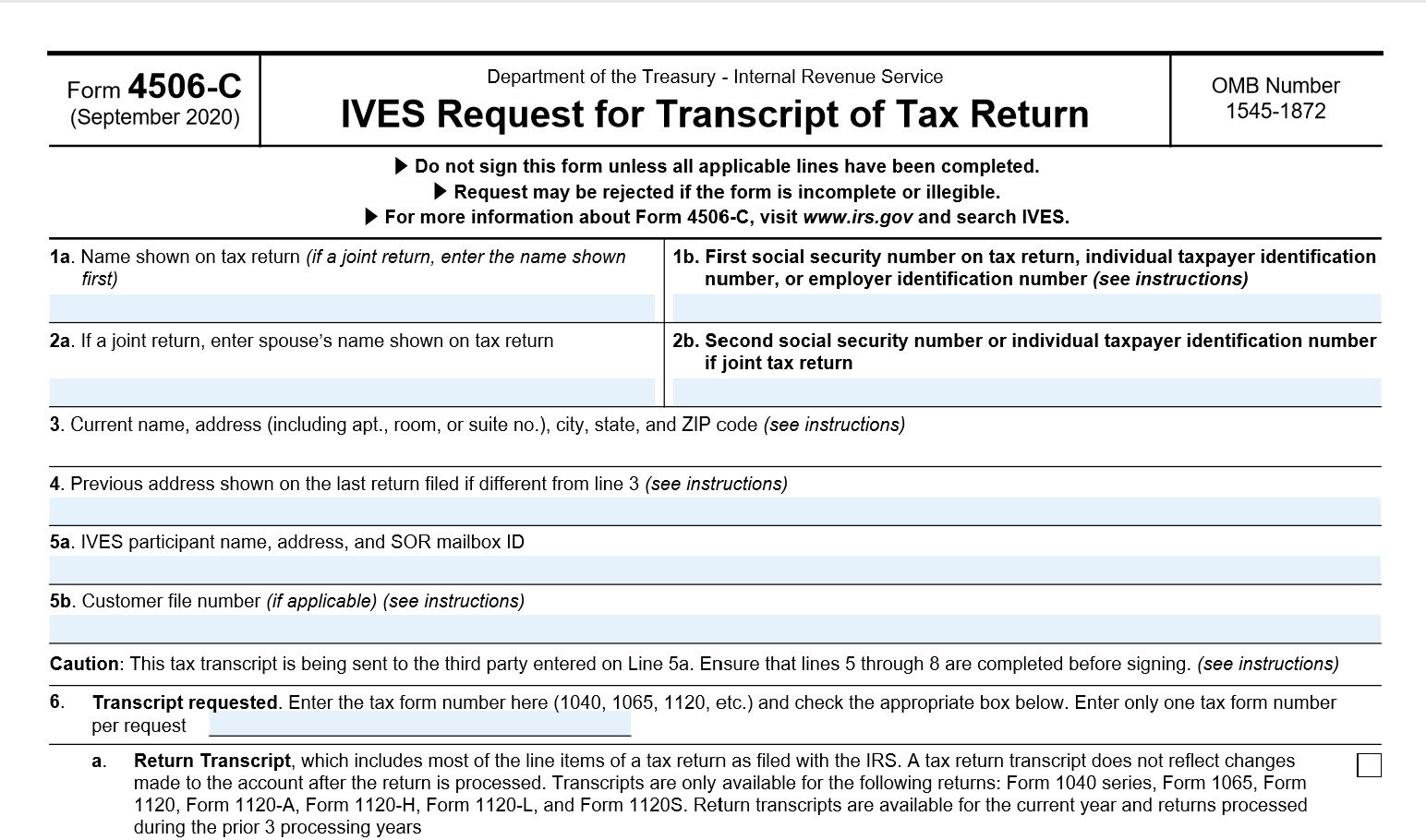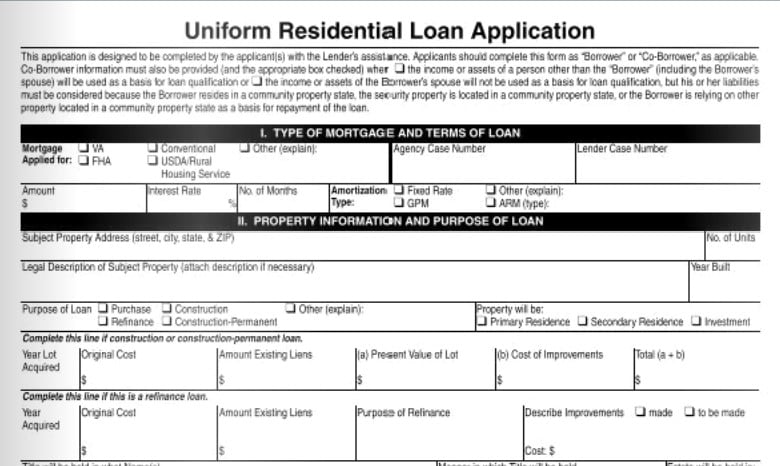Don't Make Another Blind Choice
 An informed decision is key when selecting a new loan-origination system.
An informed decision is key when selecting a new loan-origination system.
By Steve Ribultan, director of business development, DocMagic Inc.
Despite the recession’s lingering effects on lenders and the vendors that serve them, many options remain for loan originators in search of good technology. For instance, there still are many great loan-origination systems (LOS) on the market. Although this is a great benefit to mortgage businesses in one way, it’s a problem in another: Despite the efforts of ambitious technology vendors to provide end-to-end solutions, every LOS on the market must interface with other technologies to get the loan from application to the closing table.
Studies have indicated that most originators are in the market for a new LOS about every five years. That means that, for all but the largest lenders in the business, institutions are ready to try something new about twice a decade. That rate may have slowed for existing lenders during the downturn, but the number of new lenders that have come into the space over the past few years has brought the average back to its norm.
Shopping for a new LOS can be a major — and potentially business- altering — undertaking, so it’s important to choose your LOS wisely. Bear the following ideas in mind when your organization is in the market for new origination-side technology, whether it is your LOS, database of record or any of the other tools that are now routinely integrated into a single core. In the end, finding the right system can make the job of originating loans better, cheaper and faster.
Flexibility
Perhaps the most important consideration when choosing a new LOS is to make sure that the software has the flexibility to work with your current loan processes. It’s hard enough to get users to adopt new technologies, so there’s no reason to add an additional level of change by also asking your loan officers to change their processes. Every mortgage organization has a slightly different loan-origination process, and most LOS can be configured to meet specific needs. That said, simply make sure that a given system can indeed be configured before you sign on the dotted line.
For many banks and brokerages, this means that a crossover period should happen a little at a time, with some — but not all — new loans being flowed through the new software to make sure that the workflow doesn’t get mangled before the loan makes it to the closing table. If it does flow, you can rest assured that you’ve crossed one of the biggest hurdles when it comes to adopting new software.
Integration
Mortgage professionals also should make sure that the various external processes they use are — or can be — tightly integrated into their LOS software. This is especially important today, when the industry has regulators and investors who want to see electronic audit trails to determine whether or not an organization’s loans were originated in a compliant manner.
In cases when a loan officer or processor must use an external vendor for information required to close a loan, the integration between that functionality and the LOS, if it exists at all, will not be very tight. Rarely will it approximate anything that an organization would call “seamless.” Even so, the best LOS software should provide exactly this kind of capability.
The LOS is the database of record for mortgage brokers and originators, and it’s the primary storage facility for the data that regulators use to determine the level of compliance that exists at an institution. Considering that, you don’t want your organization’s loan officers or processors to be leaving the LOS software, opening another program to retrieve information and then rekeying that information back into the LOS. At that point, you’ve lost your audit trail and opened the door for any number of data quality issues.
Unfortunately, there’s a lot of LOS software on the market that doesn’t work well with other technologies. These tools force you to export information out of your LOS to place orders for other information products and then finally import results back into the LOS.
This isn’t to say that every integration must be seamless to have a functional and compliant system, but a quality LOS should have the ability to share and receive all of the necessary data to remain updated throughout the loan-origination process. The need for these integration capabilities is similar to the need for flexibility, as every bank and brokerage has different processes to integrate.
Trials and references
The necessity of an LOS being flexible and capable of integration with other products underscores one of the most important points to keep in mind when shopping for new LOS software: The best way to ensure that you’re getting a quality LOS is to try it before you buy it. That means that the aforementioned crossover period should allow you to opt out of an LOS if it doesn’t satisfy your organization’s needs.
You also should be sure to acquire pertinent references from other mortgage companies. Reputable vendors will give you the names and contact information of other banks and brokerages that currently are using their software and can serve as references. Find out how these companies are using the LOS and ask them how well it’s meeting their needs. This is important because you don’t want to be the first person to try out a new piece of software only to find that it is still a work in progress.
• • •
Invariably, data quality suffers when the integration between the LOS and the various providers of third-party information and settlement services required to process the loan is not tight enough to capture all of the data required to draw up compliant documents. When people can go into one of these third-party systems and make changes that are not reflected in the database of record, you can bet that there will be problems down the road.
The best way to avoid such problems is to choose the right LOS from the start. Make sure it fits with your existing workflow, and ensure that the software can meet your needs by testing it and speaking to reference lenders who already are using it. Finally, ensure that your systems’ integrations are tight by watching the documents that come out. If the document-preparation vendor has access to all of the required data in the right formats and a full audit trail inside the LOS — and if your vendor has a good compliance team in-house — you’ll come out with great documents every time. Ultimately, that’s the best indication that your system is working well.
Let us digitally transform your mortgage process for increased efficiency and ROI. See how by scheduling a demo today.
Topics from this blog: eClosing Compliance Integrations
BackSearch the Blog
- Recent
- Popular
- Topics










List By Topic
- Compliance (100)
- eClosing (85)
- eSign (71)
- Awards (70)
- Integrations (57)
- Industry Publications (52)
- Total eClose (44)
- eNotes (33)
- Remote Online Notarization (31)
- Document Generation (30)
- eDisclosures (25)
- GSEs (18)
- eVault (18)
- eNotary (16)
- SmartCLOSE (13)
- LoanMagic (12)
- eDelivery (11)
- Philanthropy (8)
- Partnerships (7)
- AutoPrep (3)
- Industry Insight (3)
Subscribe Here
Download the Truliant Federal Credit Union Case Study
Truliant took several key steps to refine its 100% digital eClosing process — including finding the right technology partner.
